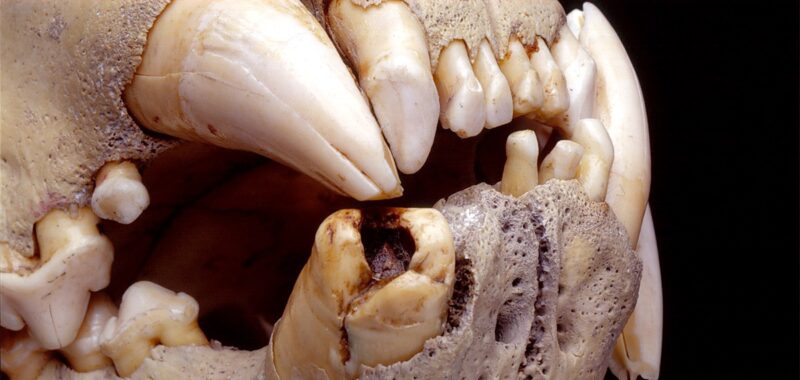For several months in 1898, a pair of male lions turned the Tsavo region of Kenya into their own human hunting grounds, killing many construction workers who were building the Kenya-Uganda railway. A team of scientists has now identified exactly what kinds of prey the so-called “Tsavo Man-Eaters” fed upon, based on DNA analysis of hairs collected from the lions’ teeth, according to a recent paper published in the journal Current Biology. They found evidence of various species the lions had consumed, including humans.
The British began construction of a railway bridge over the Tsavo River in March 1898, with Lieutenant-Colonel John Henry Patterson leading the project. But mere days after Patterson arrived on site, workers started disappearing or being killed. The culprits: two maneless male lions, so emboldened that they often dragged workers from their tents at night to eat them. At their peak, they were killing workers almost daily—including an attack on the district officer, who narrowly escaped with claw lacerations on his back. (His assistant, however, was killed.)
Patterson finally managed to shoot and kill one of the lions on December 9 and the second 20 days later. The lion pelts decorated Patterson’s home as rugs for 25 years before being sold to Chicago’s Field Museum of Natural History in 1924. The skins were restored and used to reconstruct the lions, which are now on permanent display at the museum, along with their skulls.
Tale of the teeth
The Tsavo Man-Eaters naturally fascinated scientists, although the exact number of people they killed and/or consumed remains a matter of debate. Estimates run anywhere from 28–31 victims to 100 or more, with a 2009 study that analyzed isotopic signatures of the lions’ bone collagen and hair keratin favoring the lower range.

